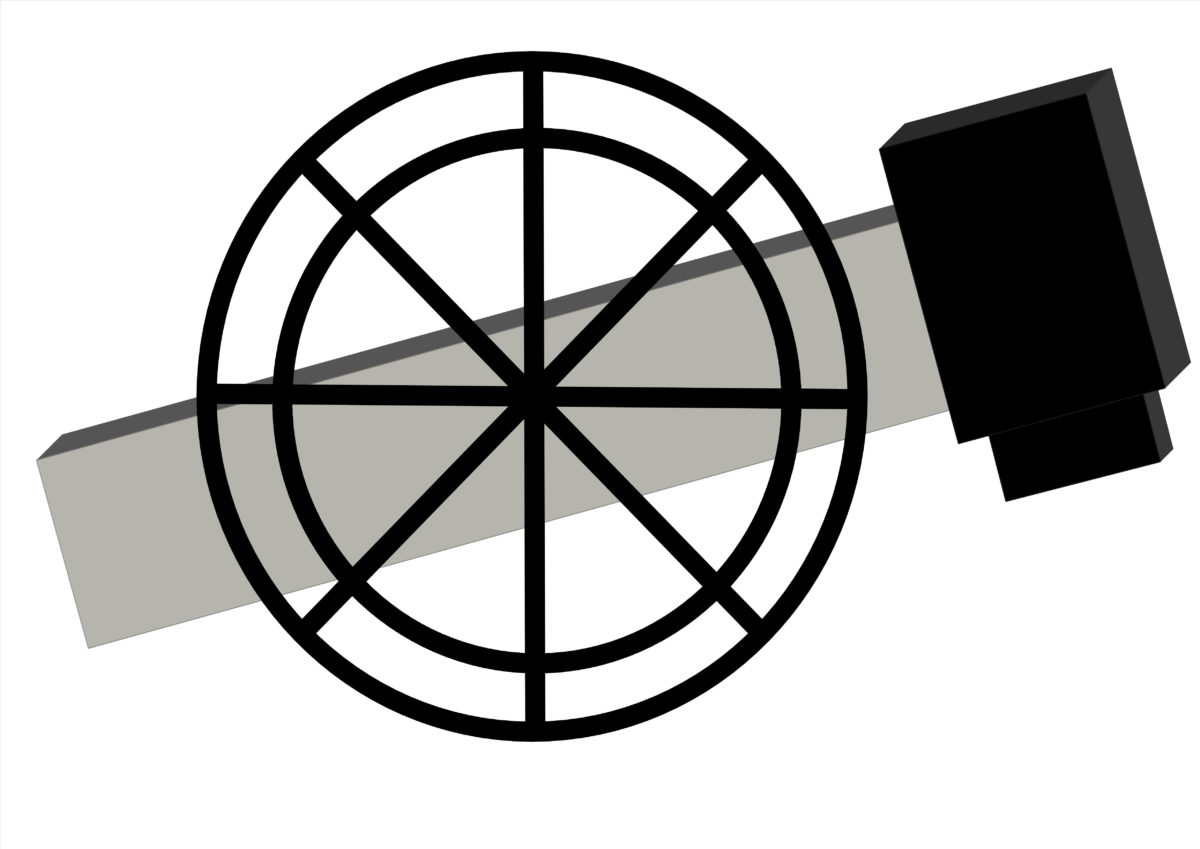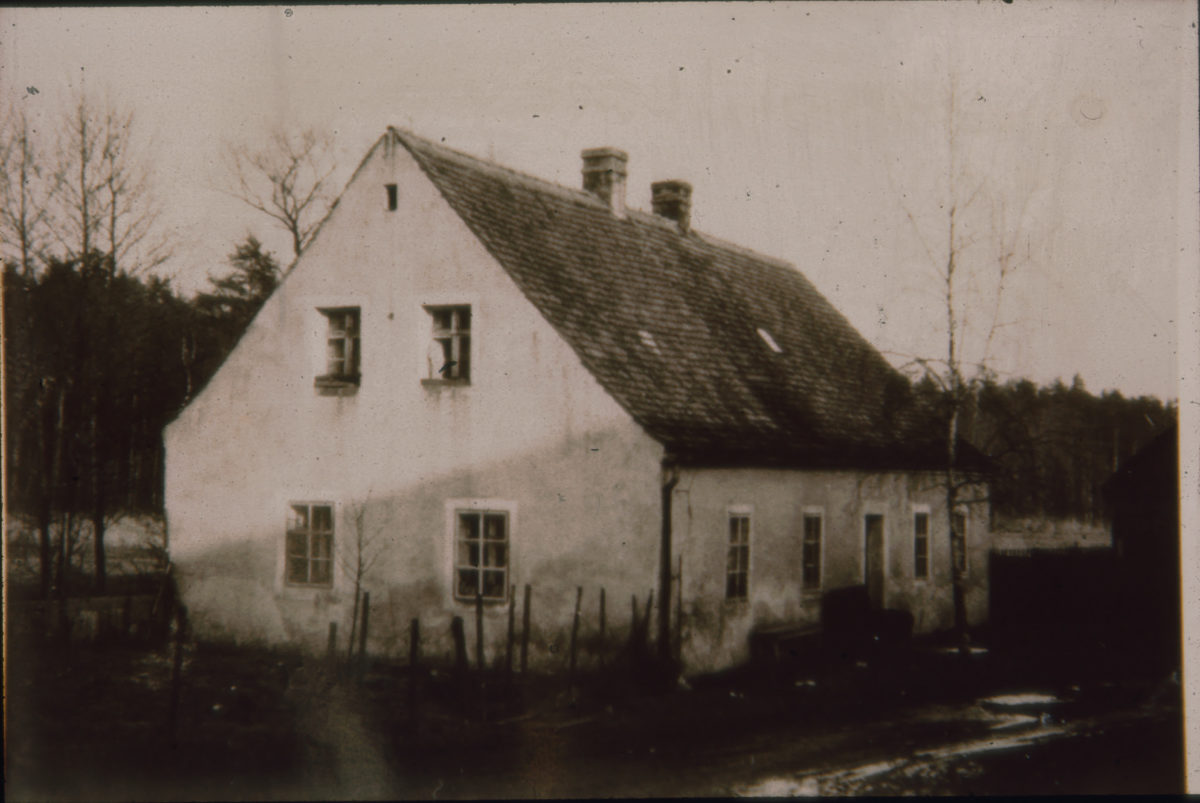Kollermühle
A mill in seclusion
The Kollermühle is located on the Creußen and was first mentioned in a document in 1577. Only since 1946, after the dissolution of the municipality of Thomasreuth, has the old mill belonged to Grafenwoehr.
As can be seen in historical plans, the water for the mill stream was diverted from the sluggishly flowing Creußen at about the height of Bärnwinkel. The length of the mill channel was almost 500 meters. Today this watercourse is still recognizable as Kollermühl pit.
Coal production in the name
The name Kollermühle refers to the iron industry in the Middle Ages. There were numerous iron processing plants along the Haidenaab, which needed a lot of fuel to stoke their furnaces. There were several coal piles around Grafenwoehr. Field or family names such as Koller, Köhler or Meiler indicate this. The Koller mill did not have a constant miller family, it had a changeable history. The reason for this was the far remoteness of the mill, which offered the miller only a meager income. In 1723 a Johann Fleischmann is mentioned in a town account. He is described not only as a miller but also as a carpenter and thus had a second leg to stand on. After him there were four changes of owners, all of whom could not keep the mill for long. In 1789, the property is described in a purchase contract as a mill with 2 grinding gears, an entitled linseed loft together with a day-worker’s cottage, field and meadow land.
Murder brings misfortune
In 1833-48 the miller Lobenhofer is recorded at the Kollermühle. With a capital crime this one attained sad supraregional admittingness. He had a mistress and child in Amberg and wanted to get rid of his wife. Several attempts failed, so that he finally sent his wife to Amberg with money to pay a bill for him. In today’s military training area near the Röthelweiher, ordered murderers waited for the miller’s wife and strangled her. The perpetrators and the Kollermiller were brought to justice and beheaded for it in Amberg. Until 1985, a memorial at the crime scene commemorated the crime, which was to accompany the Kollermühle for many decades to come.
Falling into disrepute
With the murder of the miller’s wife, the mill was not under a good star. Five changes of ownership are recorded until a miller’s wife Lederer tried her luck there. She married three times, the first two men died and only her third husband, a Speckner from the old-established miller family on the Schaumbachmühle gave her a son. This Josef Speckner was to be the last miller at the Kollermühle. He sold the property in 1919 with the reason that since the murder of the miller’s wife no more luck lay on the house and no man on the Kollermühle would be older than 45.
Conversion to a moor farm
Finally, in 1919, the estate became a state-owned moor farm under the management of the Pressath forestry office. In 1955, the refugee family Wilfling bought the moor farm with a residential house, servants‘ quarters, stables, barns and a blacksmith’s forge. The old mill on the mill stream still served as a discharge building. Today, there is no more operation at the Kollermühle, the old residential house stands unoccupied at the mill stream.
Kollermühle around 1900
© Archive Culture and Military Museum Grafenwöhr
 cycle trail ‚hammer mills & mills‘
cycle trail ‚hammer mills & mills‘